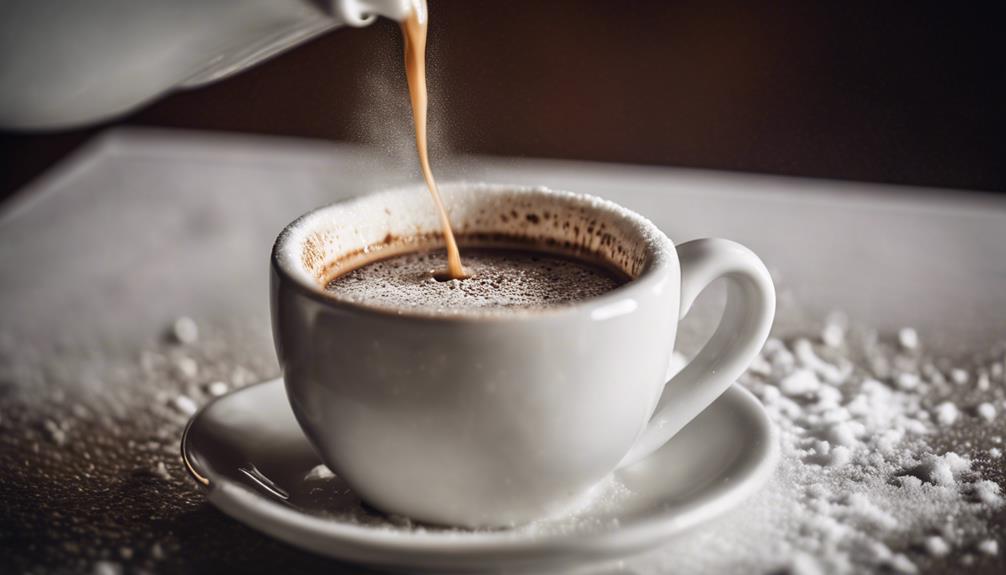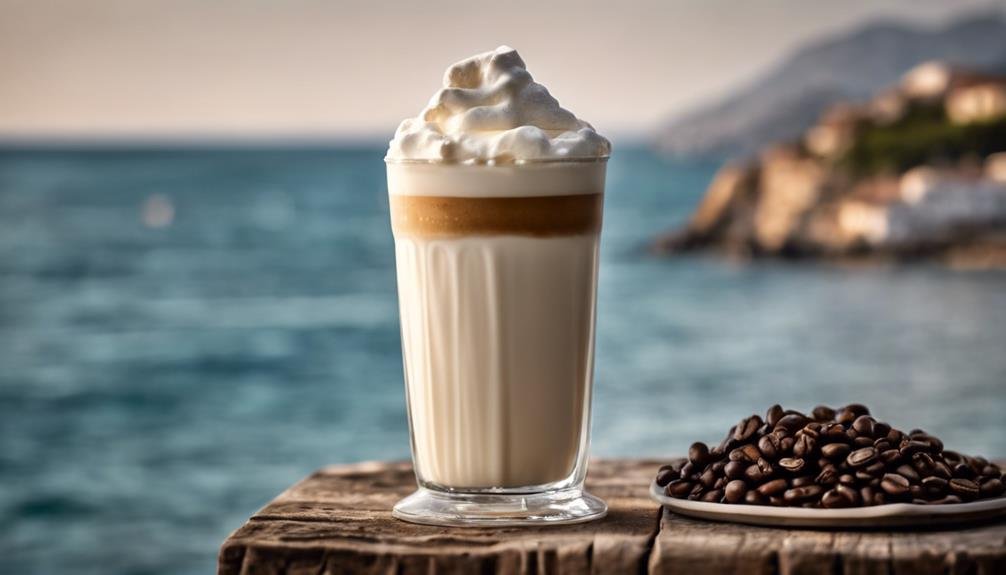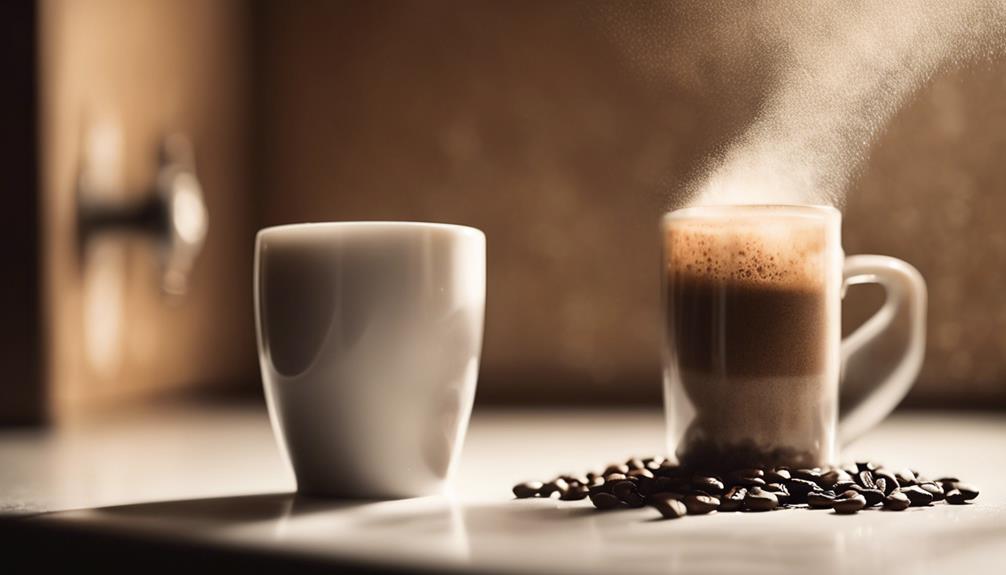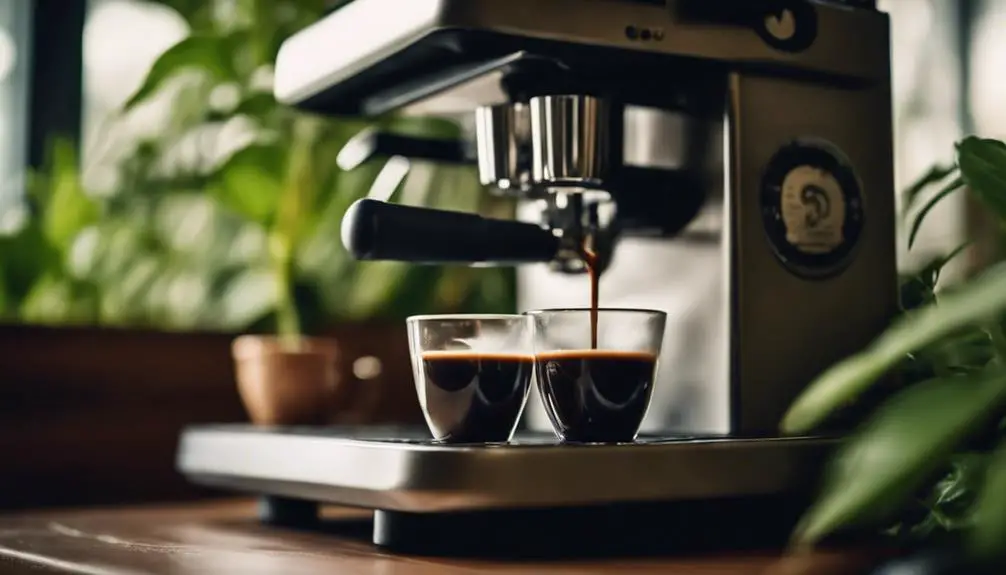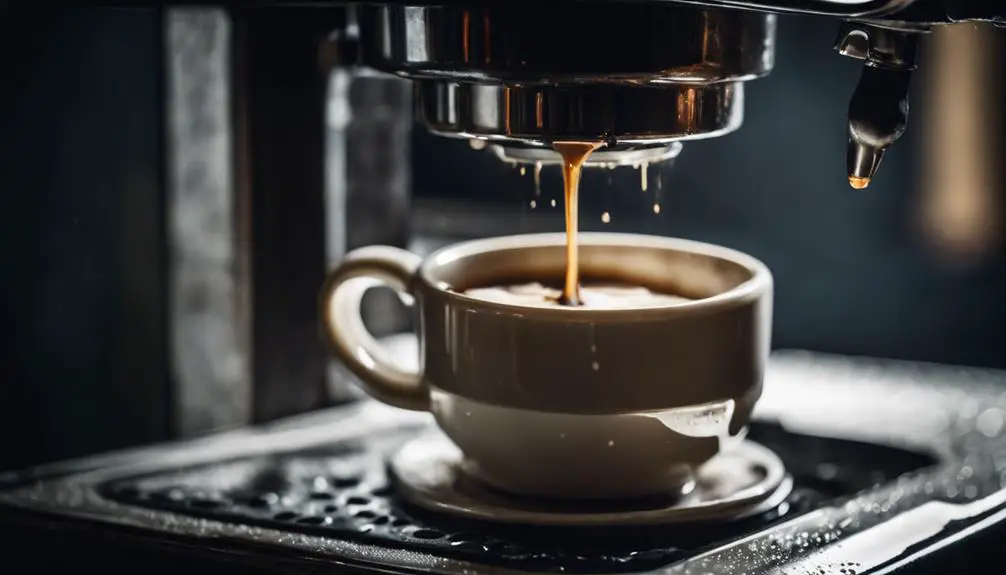A good dose of caffeine is what gives us that extra boost from our morning coffee. Caffeine is what made coffee such a hit when it was first discovered in Ethiopia and what made it popular enough to spread across the world. But, many people are now trying to cut their caffeine intake for health reasons, so, one question we get asked more often than almost any other is: what type of coffee has the most caffeine? Well, we aim to find out in this article.

To learn more about how the coffee we drink today made its way to your cup check out our blog, A brief history of coffee.
There are many reasons why you might want to keep tabs on your caffeine intake. Perhaps you want to limit your caffeine intake for health reasons, or maybe you just really need the extra boost to get you going in the morning. Anyone who is not a morning person can relate.
If either of these apply to you, the following blogs may also interest you:
- The health benefits of drinking coffee
- How to brew strong coffee
- What is the best time to drink coffee
Whether you are looking for a higher concentration of caffeine in your brew or you are trying to limit your caffeine intake, this blog will help advise you on the best types of coffee beans and brewing methods to suit your needs.
Average Caffeine in Coffee
To understand how much caffeine is too much caffeine lets take a look at the average amount of caffeine in a single coffee and the recommended dose of caffeine per day.
According to MedlinePlus, the average dose of caffeine in a single coffee cup is 100 milligrams while the recommended daily amount of caffeine 300 milligrams. This means that roughly 3 cups of coffee per day is enough to meet your daily recommended caffeine limit.
Caffeine in Black Coffee
It’s hard to give an exact measurement of caffeine in black coffee because it really does vary depending on the type of coffee, how you brew it, and how strong you like your brew. Generally speaking, an espresso will contain roughly 60-80 mg of caffeine. Filter coffee will range from 70-140 mg of caffeine, while French press coffee will have around 80-135 mg. Turkish coffee has the highest amount of caffeine, 160-240 mg, and the caffeine levels in a percolator brew can vary vastly, between 64-272 mg.
Levels of Caffeine in Coffee
There are a number of factors that can influence the level of caffeine in a single cup of coffee. Let’s explore some of these factors in a bit more detail.
The type of bean: Arabica vs Robusta
The type of bean you use to brew your coffee can have a significant impact on the level of caffeine in your cup. Typically, coffee farmers will produce one of two types of beans: Robusta beans or Arabica beans.

Robusta coffee beans have double the caffeine of Arabica beans. It has a darker, sometimes bitter taste, and if brewed correctly, should present an oaky aroma with a peanutty aftertaste on the tongue. Robusta beans are easier to grow because they are quite hardy. This coffee plant prefers to grow in lower altitudes and is resilient against pests and disease. It can even survive in direct sunlight as long as it is kept hydrated. The coffee tree can grow to a height of 30 meters. Robusta coffee beans are relatively cheap to buy and are easy to find in your local grocery store as well as online. You’ll find that instant coffee, is made using Robusta beans and tends to have high caffeine content.
Arabica coffee beans, on the other hand, have a lower caffeine content and are more expensive to buy. It is popular for its sweet, acidic taste and delicate floral and fruity aroma. Farming Arabica beans is a painstaking task. This coffee plant prefers to grow in high altitudes on steep slopes where water drainage is good and must be hand-picked when it is ready to be harvested. These delicious coffee beans are preferred by baristas and are regularly used in coffee houses and coffee shops. They are commonly used to produce milky coffees like the coffee latte, the cappuccino, and the flat white.
So, if you are looking to increase your caffeine content, then Robusta beans are the best choice for you, with a 2.7% caffeine content compared to 1.5% in Arabica beans. If you are looking to keep your caffeine levels per cup as low as possible, look for a high-quality, flavorful blend of Arabica coffee beans.
- MEET THE WORLDS STRONGEST COFFEE: Our whole roasted coffee beans will utterly transform your basic cup of joe into a delicious, bold, and intense beverage that will revolutionize your morning. Super fuel for life in the fast lane, our dark coffee beans will ignite your senses and supply you with an abundance of energy your body needs to perform at its peak condition all day long.
Prices pulled from the Amazon Product Advertising API on:
Product prices and availability are accurate as of the date/time indicated and are subject to change. Any price and availability information displayed on [relevant Amazon Site(s), as applicable] at the time of purchase will apply to the purchase of this product.
Brewing Method
Another factor that can determine the level of caffeine in your cup of coffee is the brewing method you use to make it and the type of coffee maker you use at home. The longer the brewing method, the higher the caffeine concentration in your brew.
Let’s take a look at two brewing methods and compare the effects these have on the level of caffeine present in a single cup.
Drip coffee vs Espresso
The traditional drip coffee maker takes the longest time to brew, roughly 5 minutes to go through the coffee filter, which means that it has high caffeine content. In a typical serving of drip coffee, a 12 oz coffee cup will contain around 120mg of caffeine.
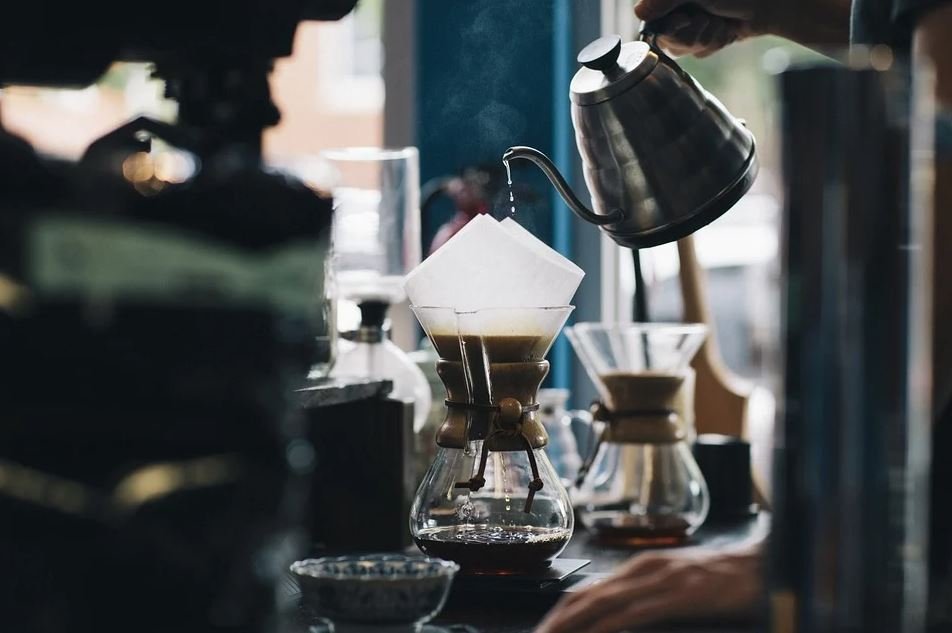
As espresso machines only take about 30 seconds to brew an espresso, their overall caffeine content is lower, only around 40mg. However, this serving size is much smaller, only 1 oz, so the concentration of caffeine vs water will be much higher than the drip coffee which is only about 10mg per 1 oz. After a couple of espresso shots, you’ll have easily consumed more caffeine than the larger, 12 oz drip coffee.
So how you brew your coffee can determine the level of caffeine in your cup. Check out our other blog, Espresso vs Latte to find out more about espresso brewing vs larger, milker coffees.
Roasting Method: Dark vs Light
Many coffee lovers assume that darker roasts, due to their strong flavor, have more caffeine than light roasts. So, which coffee roast has the most caffeine, and does coffee roasting impact on caffeine concentration? The reality is that their caffeine content is not that different.
As the coffee beans are roasted, they begin to lose their mass. Since darker coffee roasts are roasted for longer than lighter coffee roasts, they have less mass. So, 10 grams of dark roasted beans will have a greater number of beans than 10 grams of lightly roasted coffee beans. If this is hard to picture, imagine the dark roasted beans are feathers and the light roasted beans are rocks. To get 10- grams of both will require a lot more feathers than rocks because feathers have a lighter mass. So, if you make a cup of coffee with 10 grams of dark roast beans, it will have more caffeine than a cup of coffee with 10 grams of light roast because there were more beans present in the dark roast cup.
On the other hand, if you use volume, instead of mass to measure your coffee roasts, this will have the opposite effect. For example, you measure out a teaspoon of dark roasted beans and a teaspoon of light roasted beans. The coffee made from a teaspoon of light roasted beans will have more caffeine.
If this is confusing, just remember that both coffee roasts have more or less the same amount of caffeine. The only difference is in how you measure out the roasts.
Which Starbucks coffee is the most caffeinated?
Want to know what the most caffeinated coffee at Starbucks is?
The most caffeinated cups of coffee at Starbucks include Bold Pick of the Day, Pike’s Place Roast, Blonde Roast, and Clover Brewed Coffee. Caffeine levels may vary but as a rough guide, the short cup has about 180 mg, the tall is 260 mg, the grande equals roughly 330 mg, and the venti cup has a whopping 415 mg of caffeine.
Final Words
The caffeine content of your brew is determined by three key factors; the type of coffee bean (Arabica or Robusta), how you brew your coffee, and the type of coffee roast (Light or Dark).
If you’re a bit of a coffee addict like the rest of us at Bushy Beard Coffee, then you’ll benefit from monitoring your caffeine intake. A few cups of coffee each day can actually present some health benefits if you’re keeping the cream, sugar, and coffee syrup additives to a minimum, but too much caffeine can be bad for your health. So whether you are looking to increase your caffeine intake with a nice strong brew, or trying to cut down on your caffeine, we hope this blog was helpful. Let us know how many cups of coffee you drink a day in the comments.








